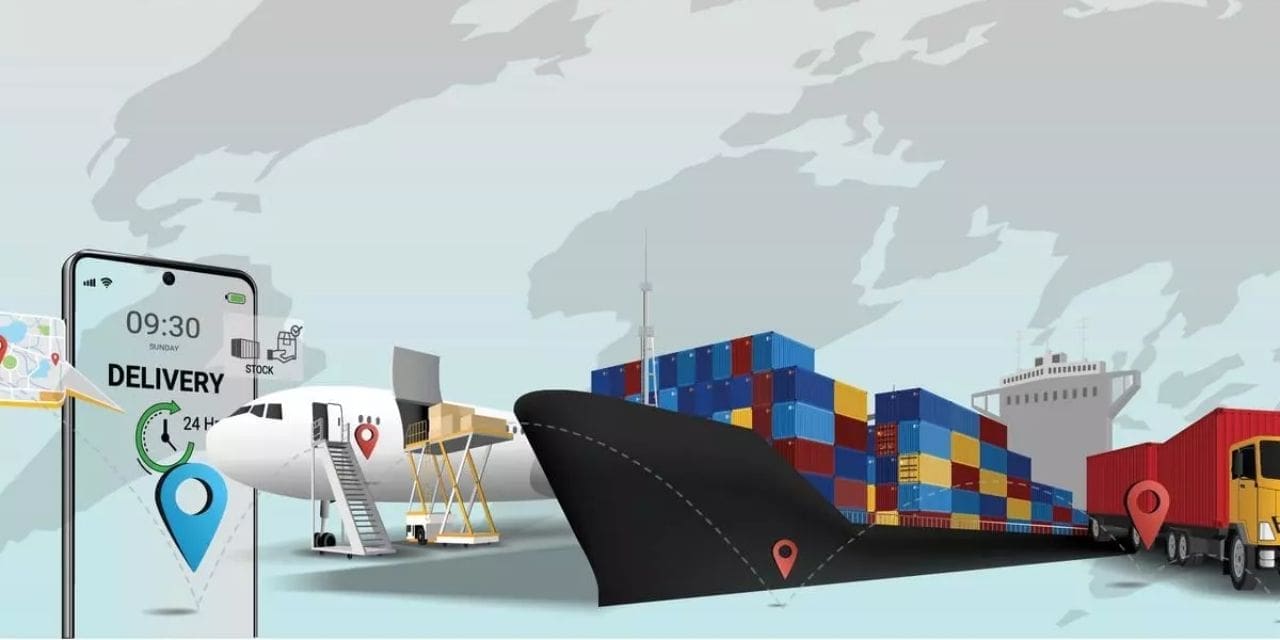Efforts to get closer to the objectives outlined in the National Logistic Policy (NLP) for 2022 characterized the previous year for the logistics industry. In 2024, the emphasis was on cutting logistics costs from the current 10–14%, after India rose to the 38th position out of 139 countries in the World Bank Index in 2023.
According to the Economic Survey 2023-24, in addition to digital reforms like the Unified Logistics Interface Platform (ULIP) and the Logistics Data Bank, the Center introduced the NLP and the PM Gati Shakti National Master Plan (in 2021) to increase efficiency and reduce logistics costs.
The Land Ports Authority of India (LPAI) has made it easier to move and release wagons more quickly by electrifying the short railway lines that connect railway yards to inland container depots and container freight stations. In addition, the NLP Marine policy was introduced for port-related logistics.
As of September 2023, 57 applications have been made live to support logistical needs like cross-border trade, last-mile delivery optimization, and reverse logistics. Since the NLP’s launch, over 614 entities have registered on ULIP, with 106 private companies signing non-disclosure agreements (NDAs); 142 companies have collectively submitted 382 use cases for ULIP, including data exchange, document digitization, and process automation.
The Goods and Services Tax (GST) has significantly decreased the cost of logistics. The “one nation, one tax” policy has reduced truck wait times at state crossings, which has resulted in a nearly 30% reduction in travel time. According to the survey, this has consequently decreased logistical costs and raised the average truck distance traveled from 225 km to 300–325 km.
According to a December 2023 analysis by the National Council of Applied Economic Research, between FY14 and FY22, logistics costs decreased by 0.8 to 0.9 percentage points of GDP. At the state level as well, the logistics performance has improved. Given its vital role in supply chains, whether by air, sea, train, or warehouses, logistics is currently a flourishing industry. Experts are nonetheless optimistic about the sector’s potential for the future.

